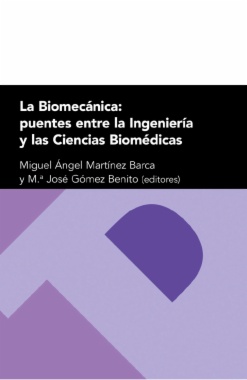
Estás filtrando por
Se encontraron 409 resultados en recursos

Compartir este contenido
La biomecánica : puentes entre la ingeniería y las ciencias biomédicas
Copia el enlace o compártelo en redes sociales
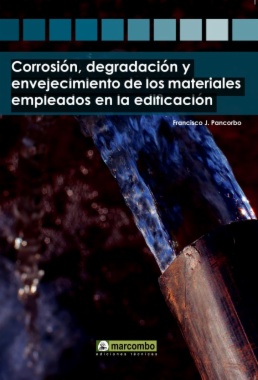
Corrosión, degradación y envejecimiento de los materiales empleados en la edificación
Compartir este contenido
Corrosión, degradación y envejecimiento de los materiales empleados en la edificación
Copia el enlace o compártelo en redes sociales
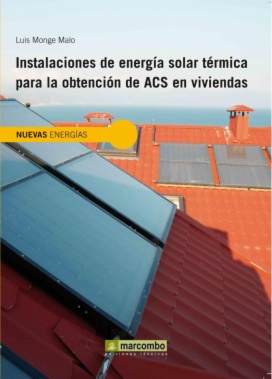
Instalaciones de energía solar térmica para la obtención de ACS en viviendas y edificios
Compartir este contenido
Instalaciones de energía solar térmica para la obtención de ACS en viviendas y edificios
Copia el enlace o compártelo en redes sociales
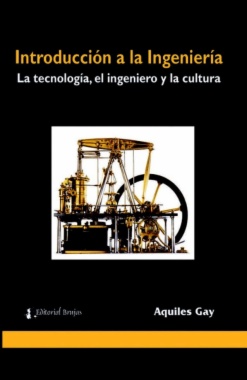
Introducción a la ingeniería : la tecnología, el ingeniero y la cultura
Compartir este contenido
Introducción a la ingeniería : la tecnología, el ingeniero y la cultura
Copia el enlace o compártelo en redes sociales
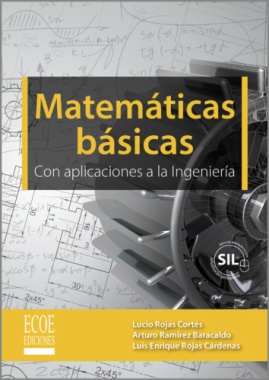
Matemáticas básicas: Con aplicaciones a la ingeniería
Compartir este contenido
Matemáticas básicas: Con aplicaciones a la ingeniería
Copia el enlace o compártelo en redes sociales
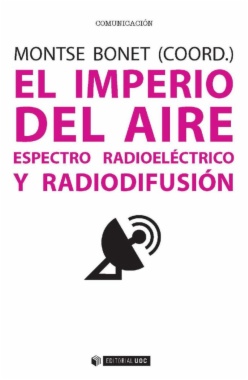
El imperio del aire
Compartir este contenido
El imperio del aire
Copia el enlace o compártelo en redes sociales
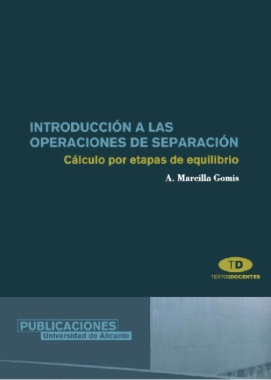
Introducción a las operaciones de separación. Cálculo por etapas de equilibrio
Compartir este contenido
Introducción a las operaciones de separación. Cálculo por etapas de equilibrio
Copia el enlace o compártelo en redes sociales
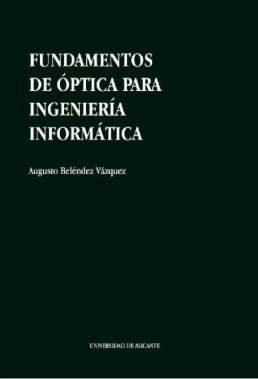
Fundamentos de óptica para ingeniería informática
Compartir este contenido
Fundamentos de óptica para ingeniería informática
Copia el enlace o compártelo en redes sociales
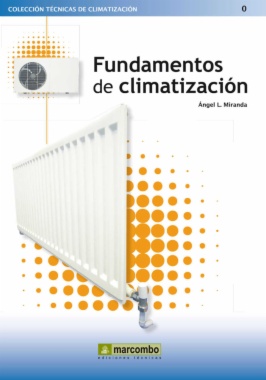
Fundamentos de climatización
Compartir este contenido
Fundamentos de climatización
Copia el enlace o compártelo en redes sociales
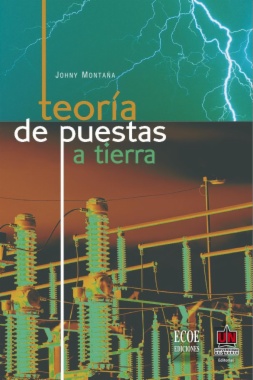
Teoría de puestas a tierra
Compartir este contenido
Teoría de puestas a tierra
Copia el enlace o compártelo en redes sociales
Selecciona las Colecciones en las que vas a añadir el contenido
Para consultar los contenidos añadidos busca la opción Tus colecciones en el menú principal o en Mi perfil.
